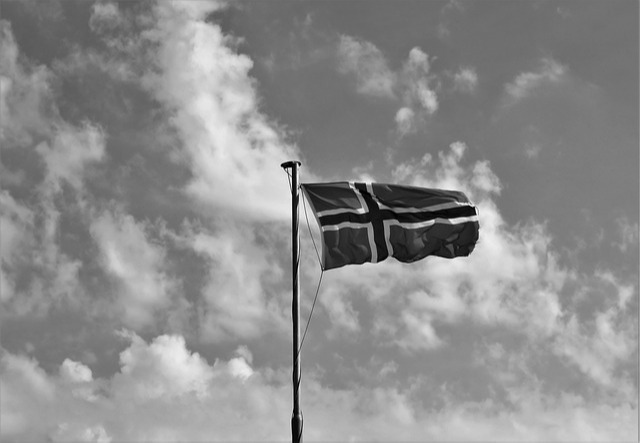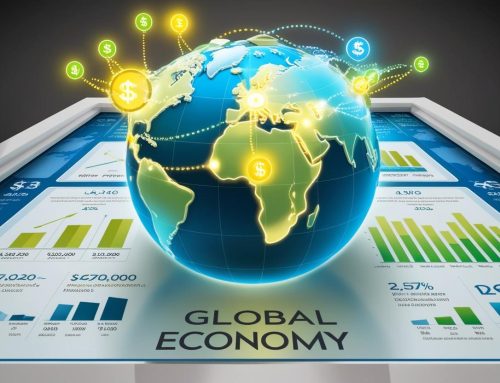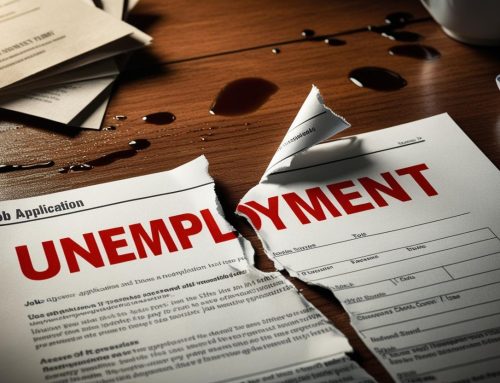March 15, 2023
Norwegian economy facing turning point
2022 was characterised by high inflation and recovery of economic activity following the pandemic. Since the second quarter of last year, the Norwegian economy has grown at a moderate pace.
Meanwhile, inflation, measured by the Consumer Price Index (CPI), has risen to levels not seen since the 1980s. This is a result of the exceptionally high price growth abroad, which has spilled over into Norwegian prices.
In contrast, unemployment has fallen to levels we normally associate with an economic boom.
‘We are now probably facing a turning point. Inflation is set to decline sharply throughout the year, and unemployment should rise slightly from the unusually low level we have at the moment’, says Statistics Norway researcher Thomas von Brasch.
‘We seem to be slowly heading towards more normal times in the Norwegian economy once again, after several years of turmoil’, he adds.
In this scenario, activity in the Norwegian economy will remain close to trend until 2026. This means that the economy is growing at a pace that is considered normal. Growth in mainland GDP is estimated at 1.3 per cent in 2023 and 1.6 per cent in 2024.
Price pressure eased
In 2022, the annual growth in the CPI was 5.8 per cent. Price growth also remained high at the start of 2023. The latest figures show twelve-month growth in the CPI of 6.3 per cent in February.
Going forward, price growth is expected to slow internationally as a result of higher interest rates and lower energy prices. This will also ease the price pressure in Norway.
‘The price of natural gas in Europe has fallen sharply since the peak in September last year. This is curbing the imported price growth here in Norway. The markets are also predicting lower prices for oil and electricity going forward’, says Thomas von Brasch.
Increased interest rates in Norway will also help to ease the price pressure. The forecasts indicate that the CPI will fall significantly over the course of the year. As price growth is still currently high, the annual average will be approximately 5 per cent.
‘It seems that inflation has peaked’, says Thomas von Brasch.
Conversely, the annual growth in the CPI adjusted for tax changes and excluding energy products (CPI-ATE), often called the underlying inflation, is expected to increase further to an annual growth of 5.4 per cent in 2023 – from 3.9 per cent in 2022.
‘Overall inflation measured by the CPI is set to decrease more than the underlying inflation, as energy product prices are expected to fall’, says Thomas von Brasch.
The CPI-ATE is expected to decline from the current high twelve-month growth over the course of the year, approaching the target inflation rate of 2 per cent in the first half of 2025.
Unemployment will rise gradually to 4 per cent
Unemployment, as measured by the Labour Force Survey (LFS), has been close to 3.4 per cent in recent months, after falling from a peak in August 2020 of 5.5 per cent. Unemployment has not been this low since the boom before the financial crisis.
With a weaker growth outlook internationally, and lower demand in many industries, the pressure in the labour market will ease.
‘The high price pressure over time, coupled with interest rate hikes, has given us less money in our pockets. This in turn has led to a decline in economic activity, and with an unemployment rate that is abnormally low we must expect it to increase somewhat going forward’, says Thomas von Brasch.
‘Our calculations show that unemployment will rise gradually in the coming years to around 4 per cent in 2025. This corresponds to an increase of around
25 000 more unemployed people’, says Thomas von Brasch.
Interest rate peak of 3.25 per cent
The key policy rate is currently 2.75 per cent following several increases over the past year and a half. Statistics Norway expects two more increases of 0.25 percentage points.
‘Norges Bank has justified its recent interest rate hikes with the need to reduce inflation. But they must also consider that a higher interest rate will dampen activity in the Norwegian economy, subsequently increasing unemployment’, says Thomas von Brasch.
‘Getting the balance right is particularly challenging at a time of increased international price growth. Large fluctuations can occur in the economy both if the interest rate remains unchanged or if it is raised too much’, he adds, and refers to the researchers’ analyses in Box 2.1 of the full report.
In balancing these considerations, the central bank has signalled that the key policy rate will be increased in March 2023 by 0.25 percentage points.
‘The interest rate will most likely be increased further when the rate is decided in June, and if inflation falls throughout the second quarter as our forecasts show, the interest rate will probably peak at 3.25 per cent’, says Thomas von Brasch.
In the long term, the interest rate will probably be reduced as a result of rising unemployment and lower inflation, and could fall to 2 per cent in 2024.
Weakest wage growth since the 1980s
In 2022, wage growth was 4.4 per cent, a full 1.4 percentage points lower than the growth in consumer prices. The forecasts show that wage growth in 2023 will be around 5 per cent, roughly at the same level as inflation. This will result in real wages remaining unchanged.
‘With this development, real wages will have seen little increase since 2015. Not since the 1980s has the wage development been this weak for such a protracted period’, says Thomas von Brasch.
From 2024 to 2026, it is expected that wage growth will remain high, while inflation will not be as high. This will eventually lead to growth in real wages.
‘Real wage growth has been slow, but if our forecasts prove accurate, and there are no more major unforeseen events in the economy, real wage growth will rise to around 2.5 per cent next year’, says Thomas von Brasch.
Falling house prices throughout the year
Autumn was characterised by falling second-hand house prices throughout Norway.
‘Increased living costs and interest rate hikes will probably lead to falling house prices for much of the year’, says Thomas von Brasch.
On the other hand, the softening of the lending regulation is likely to help moderate the fall somewhat. From the peak in the second quarter of 2022 up to the fourth quarter of 2024, house prices will probably fall by around 9 per cent, according to our calculations.
‘This means that when the bottom is reached, the price level will still be 13 per cent higher than at the start of the pandemic, just before house price growth increased’, says Thomas von Brasch.
International economy
The probability of a major international economic downturn has been somewhat reduced recently. There are several reasons for this. China’s economic outlook has improved and the energy crisis in Europe appears to be less serious than feared. In the United States, households’ desire to spend does not seem particularly inhibited by reduced purchasing power and higher interest rates.
In the short term, economic growth is expected to slow, and activity will probably also decrease in some countries. It nevertheless appears that the overall economic activity among Norway’s trading partners will remain close to trend throughout the forecast period.
‘As a result, the forecasts for the economic activity of our trading partners have been adjusted upwards slightly since the last forecast, and overall it will be close to the estimated GDP trend throughout the forecast period’, says Statistics Norway researcher Roger Hammersland.
Source: Statistics Norway
Legal Notice: The information in this article is intended for information purposes only. It is not intended for professional information purposes specific to a person or an institution. Every institution has different requirements because of its own circumstances even though they bear a resemblance to each other. Consequently, it is your interest to consult on an expert before taking a decision based on information stated in this article and putting into practice. Neither Karen Audit nor related person or institutions are not responsible for any damages or losses that might occur in consequence of the use of the information in this article by private or formal, real or legal person and institutions.






